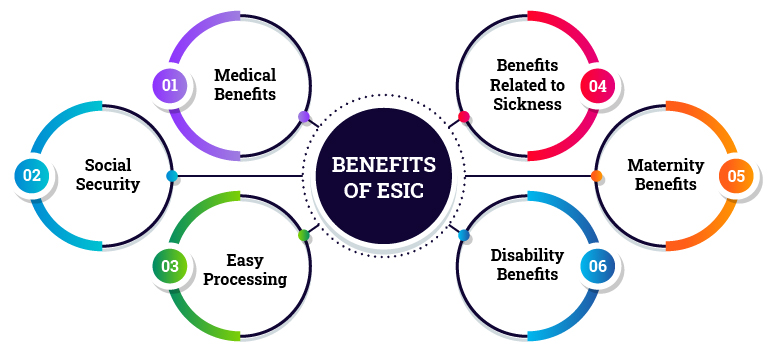Benefits of Filing ESI Return
Filing ESI returns is important for businesses registered under the Employees' State Insurance scheme. Here are the simple benefits:
- Follows the Law: It keeps businesses on the right side of the law, avoiding any fines for not following rules.
- Helps Employees: It ensures that employees get financial help if they get sick, pregnant, hurt at work, or need medical care, making them feel secure.
- Medical Care: Employees can get free medical treatment for themselves and their families, which is a big help.
- Keeps Records Straight: It helps businesses keep clear records of the money contributed towards employee insurance, which is useful during audits or checks.
- Money when Jobless: If an employee loses their job, the scheme can give them some money to help out as long as the returns are filed.
- Builds Trust: Regular filing shows employees that the business cares about their well-being, making them happier and more loyal.
- Easier for Claims: When employee information is regularly updated through filings, it makes it easier to process any claims.
- Shows Good Business Practices: It's a sign of a responsible business, which can make the business look good to others.
- Saves on Health Costs: Since the scheme covers many medical expenses, it can save the business money in the long run.
- Support in Tough Times: If an employee can't work due to disability or passes away, the scheme provides financial support to them or their family.
